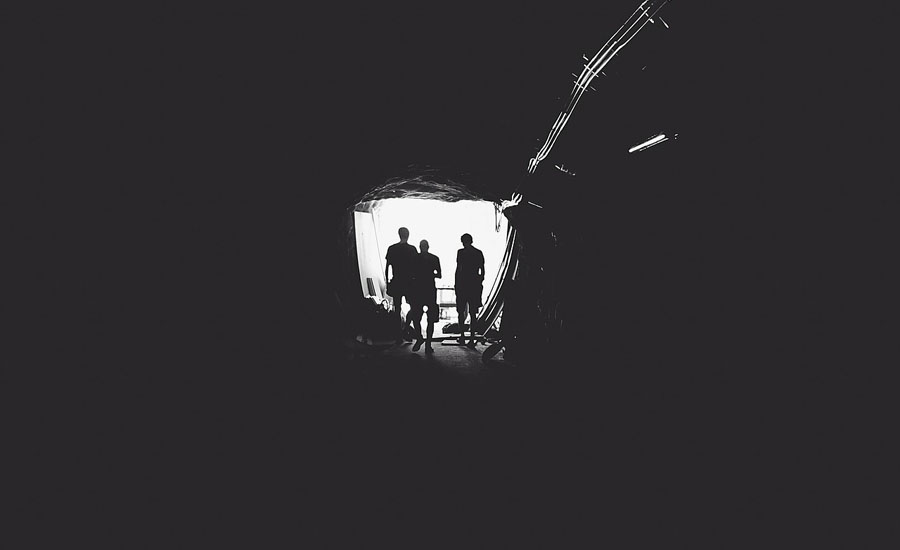MSHA uses simulation to train mine rescue crews
New comm system can track movements of underground teams

Earlier this month, the Mine Safety and Health Administration, Central Plains Cement Company and Missouri Department of Labor’s Mine Cave Safety Program joined forces to stage a mine rescue exercise at Eagle Materials Inc.’s underground mine in Sugar Creek, Mo.
“In the event of a mine fire, explosion, roof collapse or inundation of water, expertly trained teams of men and women risk their lives to travel underground and search for missing and injured miners,” said the MSHA, in a statement. “Through rigorous drills and exercises, these first responders prepare themselves for a disaster they hope never occurs.”
Four different exercises
The mine emergency response drill, or MERD, involved nine mine rescue teams from across the Midwest using the latest underground communication and rescue technology in four simultaneous exercises:
Underground Communications: Teams wearing breathing apparatuses explored an active underground mine to search for “missing” miners and to extinguish simulated fires
Surface & Mine Emergency Operations: Teams stationed at the mine emergency command center used the latest communications technology to direct the underground teams on tasks and safety issues
Rescue in Smoke-Filled Environment: Teams traveled with zero visibility (created using artificial smoke) to search for “trapped” miners and extinguish simulated fires. This was a separate exercise from the underground communications exercise
Injury Triage: Teams reacted to a simulated motor vehicle accident, having to rescue and administer first aid to 20 passengers on a school bus that has rolled onto its side
The latest technology
The event also included remarks by Joseph A. Main, assistant secretary of labor for mine safety and health, and a demonstration by MSHA’s chief of Mine Emergency Operations John Urosek of the latest emergency response equipment and technology.
MSHA used its new mine rescue communications system to track the movements of underground mine rescue teams on digital maps, transmit critical information to the command center via underground cameras, and monitor the presence and levels of various underground gases.
“Mine rescue will become safer and more efficient thanks to new technology that enables real-time communication between rescue teams underground and officials in the surface command center,” Main.
Looking for a reprint of this article?
From high-res PDFs to custom plaques, order your copy today!






